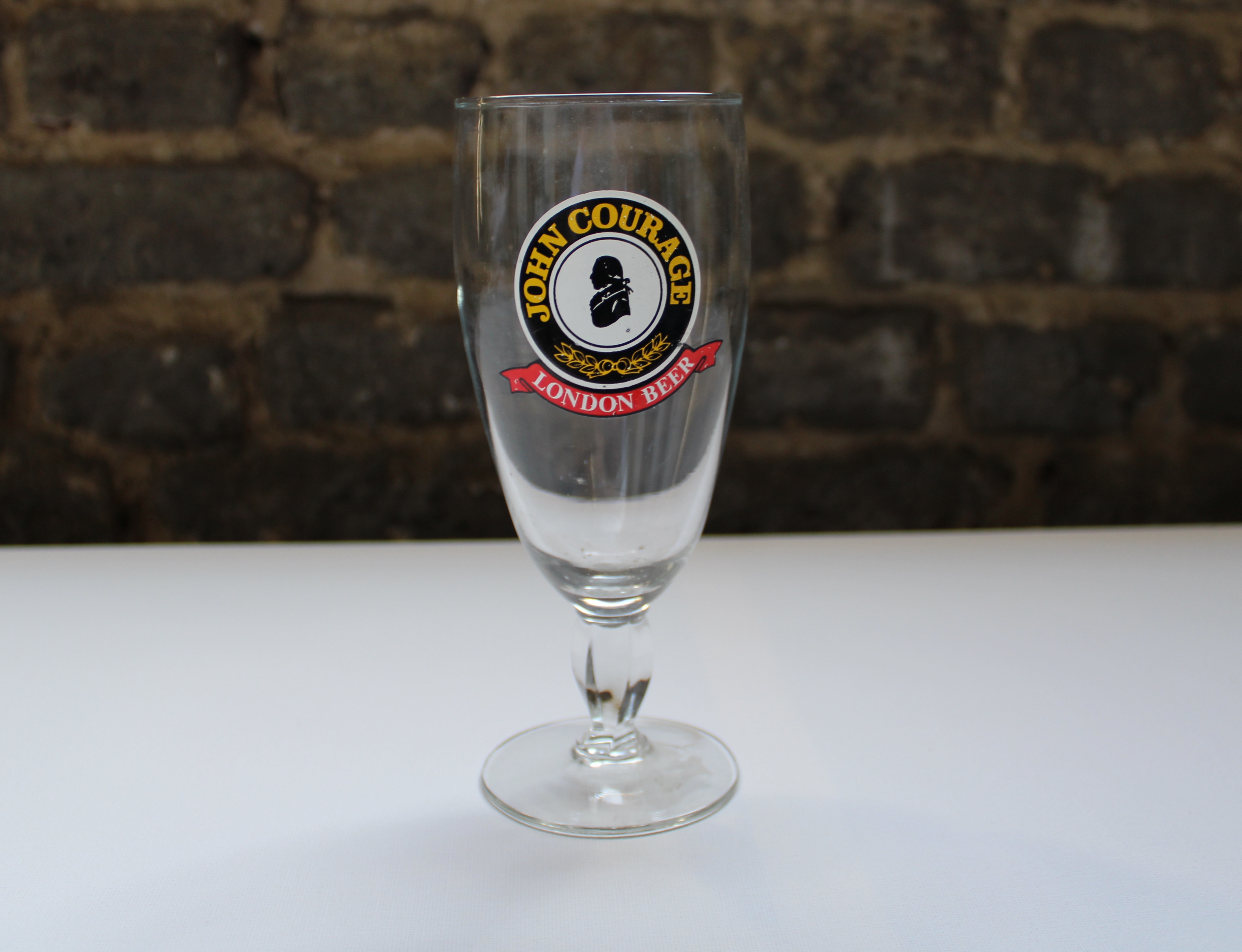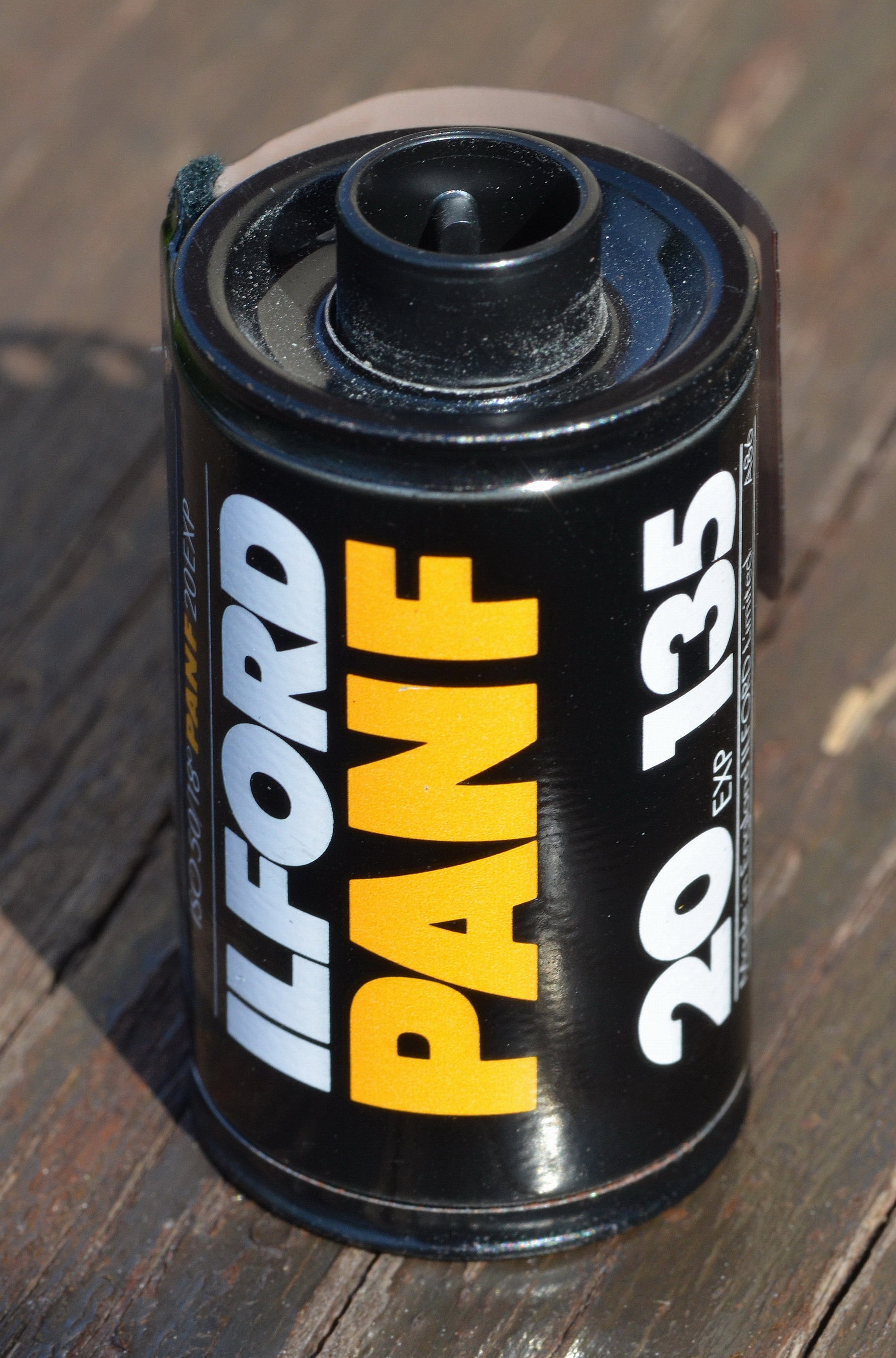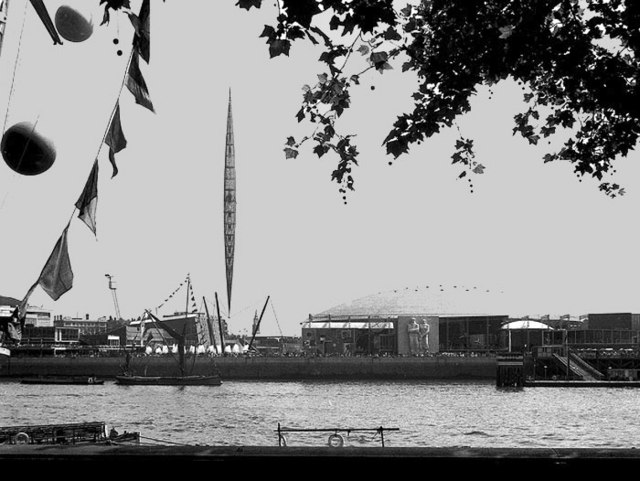|
Design Research Unit
The Design Research Unit (DRU) was one of the first generation of British design consultancies combining expertise in architecture, graphics and industrial design. It was founded by the managing director of Stuart Advertising Agency, Marcus Brumwell with Misha Black and Milner Gray in 1943. It became well known for its work in relation to the Festival of Britain in 1951 and its influential corporate identity project for British Rail in 1965. In 2004, DRU merged with Scott Brownrigg architects. History The group officially formed in 1943 following discussions begun by Marcus Brumwell, and the poet and writer Herbert Read the previous year. An early set of notes proposed a "service equipped to advise on all problems of design", addressing the needs of "the State, Municipal Authorities, Industry or Commerce." They anticipated a post-war demand for technical expertise and a need for "the reconditioning and re-designing public utility services" recommending "contact... with the rai ... [...More Info...] [...Related Items...] OR: [Wikipedia] [Google] [Baidu] |
British Rail Logo (9035826111)
The British Rail Double Arrow is a logo that was created for British Rail (BR), the then state-owned operator of Britain's railway network, in 1965. It has remained in use as part of the National Rail brand used for Britain's passenger rail services after the disbanding of British Rail, having been officially renamed as the National Rail Double Arrow and more recently being updated and reworked for continued use under the name Rail Symbol 2. Origins The logo grew out of a desire for modernisation in the 1960s, with the management of what was then known as British Railways wanting to divest the organisation of older motifs and develop a corporate identity to rival that of London Transport. BR's design panel set up a working party led by Milner Gray of the Design Research Unit. They drew up a Corporate Identity Manual which established a coherent brand and design standard for the whole organisation, specifying Rail Blue and pearl grey as the standard colour scheme for all rolli ... [...More Info...] [...Related Items...] OR: [Wikipedia] [Google] [Baidu] |
Ministry Of Information (United Kingdom)
The Ministry of Information (MOI), headed by the Minister of Information, was a United Kingdom government department created briefly at the end of the First World War and again during the Second World War. Located in Senate House at the University of London during the 1940s, it was the central government department responsible for publicity and propaganda. The MOI was dissolved in March 1946, with its residual functions passing to the Central Office of Information (COI); which was itself dissolved in December 2011 due to the reforming of the organisation of government communications. First World War Before the Lloyd George War Cabinet was formed in 1917, there was no full centralised coordination of public information and censorship. Even under the War Cabinet, there were still many overlapping departments involved. The Admiralty, War Office and Press Committee (AWOPC) had been formed in 1912 as a purely advisory body, chaired initially by the Secretary of the Admiralty Sir G ... [...More Info...] [...Related Items...] OR: [Wikipedia] [Google] [Baidu] |
Watney Combe & Reid
Watney Combe & Reid was a leading brewery in London. At its peak in the 1930s it was a constituent of the FT 30 index of leading companies on the London Stock Exchange. It produced Watney's Red Barrel. History The Watney family were the main partners in the Stag Brewery, Victoria, for much of the 19th century. In 1837 James Watney became a partner in the brewery, followed by his sons James and Norman in 1856. On his death in 1884, the brewery became a private limited company. In 1889 James Watney & Co., acquired the Mortlake Brewery (latterly referred to as the Stag Brewery of Mortlake), which had been owned by Charles James Philips and James Wigan since the 1840s. In 1898 the company merged with Combe Delafield and Co. and Reid and Co., and was subsequently known as Watney Combe and Reid. The amalgamated company was the largest brewer in London. The Combe brewery in Longacre and the Reid brewery in Clerkenwell closed almost immediately, and production was concentrate ... [...More Info...] [...Related Items...] OR: [Wikipedia] [Google] [Baidu] |
Courage (brewery)
Courage Brewery was an English brewery, founded by John Courage in 1787 in London, England. History Courage & Co Ltd was started by John Courage at the Anchor Brewhouse in Horsleydown, Bermondsey in 1787. He was a Scottish shipping agent of French Huguenot descent. It became Courage & Donaldson in 1797. By 1888, it had been registered simply as Courage. In 1955, the company merged with Barclay, Perkins & Co Ltd (who were located at the nearby Anchor Brewery) to become Courage, Barclay & Co Ltd. Only five years later another merger with the Reading based Simonds Brewery led to the name changing to Courage, Barclay, Simonds & Co Ltd. In 1961, Georges Bristol Brewery was acquired. By the late 1960s, the group had assets of approximately £100m, and operated five breweries in London, Reading, Bristol, Plymouth and Newark-on-Trent. It owned some 5,000 licensed premises spread over the whole of Southern England, a large part of South Wales and an extensive area of the East Midlands ... [...More Info...] [...Related Items...] OR: [Wikipedia] [Google] [Baidu] |
Ilford Photo
Harman Technology, trading as Ilford Photo, is a UK-based manufacturer of photographic materials known worldwide for its ILFORD branded black-and-white film, papers and chemicals. Historically it also published the '' Ilford Manual of Photography'', a comprehensive manual of everything photographic, including the optics, physics and chemistry of photography, along with recipes for many developers. Under the ownership of the industrial conglomerate ICI in the 1960s, the company produced a range of Ilfochrome (Cibachrome) and Ilfocolor colour printing materials at a new plant in Switzerland developed in partnership with the Swiss company CIBA-Geigy, which later acquired ICIs shares. By the 2000s, as the UK - Swiss company Ilford Imaging, the decline of the film market saw the UK company in receivership by 2004, but rescued by a management buy out; Harman Technology Ltd, which today continues the production of traditional black-and-white photographic materials, under the ILFORD, ... [...More Info...] [...Related Items...] OR: [Wikipedia] [Google] [Baidu] |
SS Oriana (1959)
SS ''Oriana'' was the last of the Orient Steam Navigation Company's ocean liners. She was built at Vickers-Armstrongs, Barrow-in-Furness, Cumbria, England and launched on 3 November 1959 by Princess Alexandra. Originally resplendent with her owners' traditional corn-coloured hull, ''Oriana'' appeared as an Orient Line ship until 1966, when that company was fully absorbed into the P&O group. Faced with unprofitable around-the-world passenger routes, the P&O white hulled ''Oriana'' was operated as a full-time cruise ship from 1973. Between 1981 and her retirement from service five years later, ''Oriana'' was based at Sydney, Australia, operating to Pacific Ocean and South-East Asian ports. Deemed surplus to P&O's requirements in early 1986, the vessel was sold to become a floating hotel and tourist attraction, first in Japan and later in China. As a result of damage sustained from a severe storm whilst in the port of Dalian in 2004, SS ''Oriana'' was finally sold to local breaker ... [...More Info...] [...Related Items...] OR: [Wikipedia] [Google] [Baidu] |
Orient Line
The Orient Steam Navigation Company, also known as the Orient Line, was a British shipping company with roots going back to the late 18th century. From the early 20th century onwards, an association began with P&O which became 51% shareholder in 1919 and culminated in the Orient Line being totally absorbed into that company in 1966. History Origins The Orient Line's beginnings can be traced back to the formation of a shipbroking company by James Thompson (or Thomson) in 1797. The company was operating a small fleet of sailing ships by the early 19th century, and by the middle of the century they were sailing on routes all over the world. Scotsman James Anderson joined James Thompson & Co. in 1828, his nephew James George Anderson joined the firm in 1854, and by 1863 it had been restyled Anderson, Thompson & Co. With the death of the last member of the Thompson family it was in 1969 restyled Anderson, Anderson & Co. The inauguration of a liner service to Australia with the pa ... [...More Info...] [...Related Items...] OR: [Wikipedia] [Google] [Baidu] |
Peninsular And Oriental Steam Navigation Company
P&O (in full, The Peninsular and Oriental Steam Navigation Company) is a British shipping and logistics company dating from the early 19th century. Formerly a public company, it was sold to DP World in March 2006 for £3.9 billion. DP World currently operate several P&O branded businesses, P&O Ferries, Istithmar World, Istithmar P&O Estates, and P&O Maritime Logistics. It also operates P&O Heritage, which is the official historic archive and collection of P&O. P&O Cruises was sold in 2000, and is now owned and operated by Carnival Corporation & plc. The former shipping business, P&O Nedlloyd, was bought by and is now part of Maersk Line. History Early years and expansion: 1822–1900 In 1822, Brodie McGhie Willcox, a London ship broker, and Arthur Anderson (businessman), Arthur Anderson, a sailor from the Shetland Isles, went into partnership to operate a shipping line, primarily operating routes between England and Spain and Portugal. In 1835, Dublin shipowner Captain Ric ... [...More Info...] [...Related Items...] OR: [Wikipedia] [Google] [Baidu] |
BOAC
British Overseas Airways Corporation (BOAC) was the British state-owned airline created in 1939 by the merger of Imperial Airways and British Airways Ltd. It continued operating overseas services throughout World War II. After the passing of the Civil Aviation Act 1946, European and South American services passed to two further state-owned airlines, British European Airways (BEA) and British South American Airways (BSAA). BOAC absorbed BSAA in 1949, but BEA continued to operate British domestic and European routes for the next quarter century. A 1971 Act of Parliament merged BOAC and BEA, effective 31 March 1974, forming today's British Airways. For most of its history its main rival was Pan Am. History War years On 24 November 1939, BOAC was created by Act of Parliament to become the British state airline, formed from the merger of Imperial Airways and British Airways Ltd. The companies had been operating together since war was declared on 3 September 1939, when their ... [...More Info...] [...Related Items...] OR: [Wikipedia] [Google] [Baidu] |
Bayswater Road
Bayswater Road is the main road running along the northern edge of Hyde Park in London. Originally part of the A40 road, it is now designated part of the A402 road. Route In the east, Bayswater Road originates at Marble Arch roadway at the Marble Arch junction, and at its western end it continues into Notting Hill Gate. It is mostly within the City of Westminster but a small portion of the road's western end lies in Kensington and Chelsea. History The road is part of the Via Trinobantia, an old Roman Road, later becoming a turnpike road. It had become known as Bayswater Road by the 1860s. The Swan Inn and Black Lion are both on Bayswater Road and were both established in the 18th century. In 1861, George Francis Train experimented with a horse tramway system on Bayswater Road. Cultural references J. M. Barrie lived at No. 100 Bayswater Road from 1902 to 1909, where he wrote ''Peter Pan''. The street is where the fictional upper-middle class Forsyte family live in ... [...More Info...] [...Related Items...] OR: [Wikipedia] [Google] [Baidu] |
Dome Of Discovery
The Dome of Discovery was a temporary exhibition building designed by architect Ralph Tubbs for the Festival of Britain celebrations which took place on London's South Bank in 1951, alongside the River Thames. The consulting engineers were Freeman Fox & Partners, in particular Oleg Kerensky and Gilbert Roberts. Like the adjacent Skylon, the dome became an iconic structure for the public and helped popularise modern design and architectural style in a Britain still suffering through post-war austerity. As twin icons, the forms of the Skylon and Dome of Discovery were related to those of the Trylon and Perisphere of the 1939 New York World's Fair. Controversially, after the Festival closed, the dome was demolished and its materials sold as scrap. The site was cleared for reuse, and is now the location of the Jubilee Gardens, near the London Eye. The building The dome had a diameter of and stood tall, making it at the time the largest dome in the world. It had a long ... [...More Info...] [...Related Items...] OR: [Wikipedia] [Google] [Baidu] |
.jpg)








